Introduction:
On a usual winding machine, the operative performs the following operations: removing the full bobbins and fitting the tubes, replacing the cops, knotting the yarn ends at slough-offs and breakages, engaging in the process of separate winding heads, etc. At the time of knot tying-in, the operative must first locate the yarn ends in order to tie in the knot. In all these operations, a great deal of time is spent, which leads to a reduction in the productivity of labor.
In the case of automatic winders, many operations are carried out automatically by special mechanisms built into the device. As a result of the automatic winders, a high production level is ensured along with an economic effect. By using automatic winders, we are able to increase production and provide an economic effect at the same time. It usually takes an operative 10-12 seconds to produce one cop in a usual winding machine, while in an automatic winder, it takes 4 – 4.5 seconds to produce one cop. Because of this, the productivity of the operative is at least 2.5 times higher. Moreover, automatic winders offer better working conditions as well as high-quality knots, which leads to a reduction in the yarn breakage rate during the weaving process.
Types of Automatic Winder:
There are four types of automatic winders that can be categorized according to their principle of operation.
Type-1:
First type automatic winders have stationary winding heads and a movable knotter servicing all the winding heads at the machine. These winders had many winding heads (100 and more), so their long idle times adversely affected their efficiency.
Type-2:
Automatic winders of the second type have stationary winding heads while moving knotters serve a small group of winding heads (5-10). A shorter downtime is experienced by winding heads here, which increases their productivity.
Type-3:
An automatic winder of the third type has winding heads that move along a closed path and are serviced by a stationary knotter. The first models of these automatic winders had many winding heads, which caused a lot of downtimes and low efficiency. This type of automatic winder has a limited number of winding heads (8-24), reducing downtime and increasing production.
Type-4:
Fourth-type automatic winders have stationary winding heads with individual knotters. Winding heads experience a minimum amount of downtime, and their production capacity is increased as well. The operation intensity of knotters and other devices also decreases.
Here, we will learn about Rieter automatic winding machine autoconer X6 which is one of their automatic winding machines
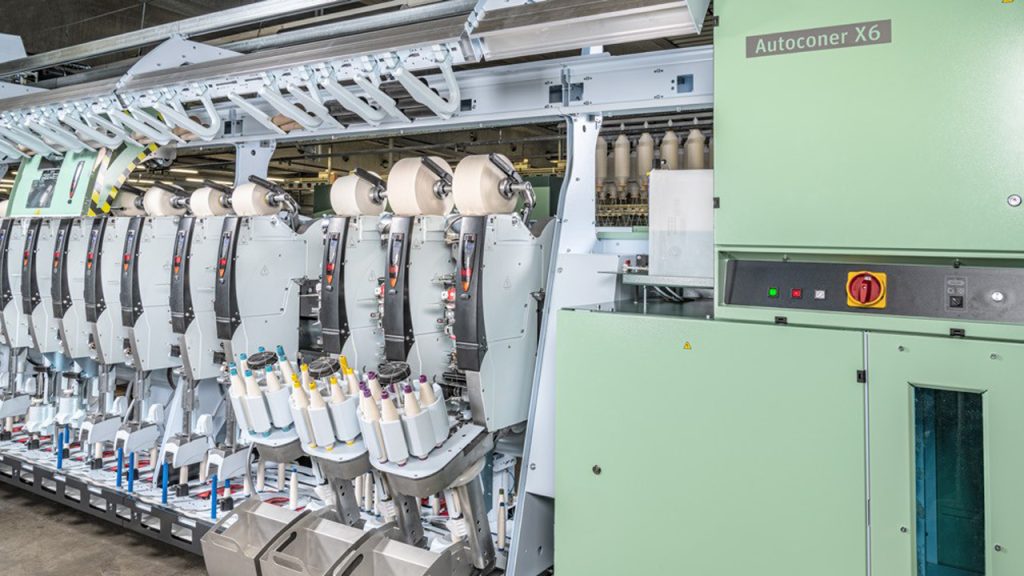
Features of Autoconer X6:
The textile industry has a high demand for highly advanced automatic winding machines such as the Rieter Autoconer X6. It incorporates numerous features that enhance the yarn winding process’s productivity, efficiency, and quality.The following are some of the most important features of the Rieter Autoconer X6:
- Individual Spindle Monitoring: Autoconer X6 employs individual spindle monitoring technology, which allows real-time monitoring and control of each winding spindle. This feature can identify and correct any issues or abnormalities quickly, minimizing production disruptions and improving yarn quality.
- Automatic Bobbin Change: An automatic bobbin change system eliminates the need for manual bobbin removal and replacement. It enables continuous operation and reduces downtime significantly, maximizing productivity.
- Smart Cycle: SmartCycle optimizes the winding process by dynamically adjusting the winding parameters based on the yarn characteristics and requirements to ensure consistent and high-quality winding while reducing energy consumption.
- Intellijet Yarn Clearing System:This Autoconer X6 has the IntelliJet yarn clearing system, which effectively detects and effectively removes yarn faults, such as thick, thin, or foreign material. Using this system, only defect-free yarn is wound onto the bobbins, improving the quality of the yarn.
- Advanced Splice Detection:The machine is equipped with advanced splice detection sensors during the winding process. This feature prevents splices from passing unnoticed onto the finished bobbins, ensuring top-quality wound yarn.
- Energy Efficiency: As part of its environmental sustainability and energy-saving design, the Autoconer X6 is equipped with energy-saving features, such as efficient motors and intelligent control systems, optimizing power consumption and reducing energy waste.
- User-Friendly Interface: An intuitive and user-friendly interface is provided on the winding machine, making it easy for operators to set up and control the winding process. The interface provides clear and comprehensive information on the status of the machine, its performance, and its diagnostics so that operators can make informed decisions.
- Flexibility: Regarding yarn types and winding specifications, the Autoconer X6 guarantees versatility in terms of yarn counts, fibers, and packages. This makes it possible for textile manufacturers to adapt to various production requirements based on different yarn types and winding specifications.
- Data Analysis and Connectivity: The machine’s data analysis capabilities and connectivity capabilities allow operators to monitor and analyze production data in real-time, improving process optimization, predictive maintenance, and overall operational efficiency.
- High-Speed Performance: As the Autoconer X6 runs at high speeds, it can increase productivity, shorten production cycles, and handle high production volumes while still maintaining excellent winding quality.
There are several features of the Rieter Autoconer X6 that contribute to increased efficiency, yarn quality, and overall performance in the yarn winding process, inducing it to become the preferred choice among textile manufacturers for the process.
Working Principle of AutoConer X6:
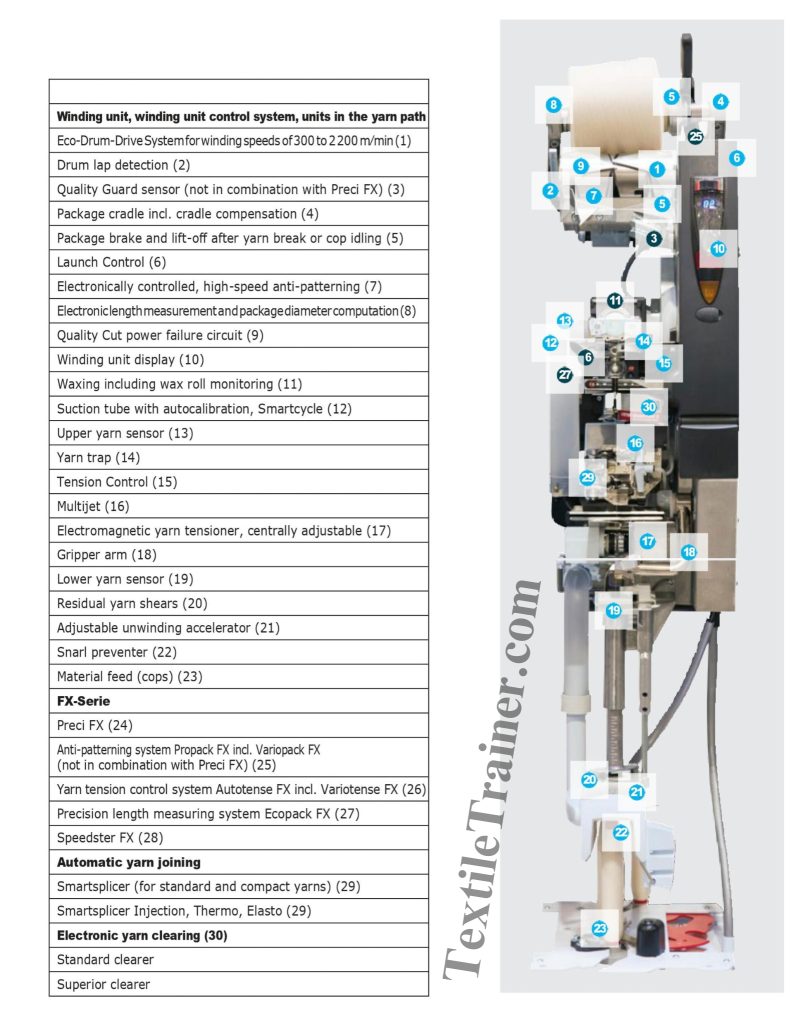
- Make sure the Autoconer X6 is properly installed and connected to the power source. Review the user manual and safety instructions carefully.
- Make sure the yarn source is securely attached to the machine. Make sure the yarn is properly tensioned and threaded through the appropriate guides or tensioning mechanisms.
- At the bottom of the machine, you need to adjust the material feed (23). After that, you need to adjust the unwinding accelerator (21).
- Use the user-friendly interface on the machine to adjust any parameters that need to be adjusted in relation to the winding process. This may include settings such as winding speed, yarn tension, winding pattern, and any specific requirements based on a specific type of yarn.
- Then the yarn should be passed through the residual yarn shears (20), the lower yarn sensor (19) and the gripper arm (23).
- It is then that the yarn passes through the electromagnetic yarn tensioner (17) that is a centrally controlled tensioner.
- In the next step, the yarn is passed through a wax box (11) which is used to coat the yarn with lubricant. After that, the yarn is passed through a drum called a grove drum.
- It is very important to monitor the spinning machine as it winds the yarn onto the bobbins. Monitor the machine’s screen or interface to ensure that everything is working correctly. Watch for any alarms or alerts that may indicate an issue or mistake.
- Upon reaching the capacity limit of the bobbins, the Autoconer X6 will automatically trigger the bobbin change process. The filled bobbin will be removed, and the empty bobbin will be positioned for the next winding cycle. You should ensure that the bobbin change process runs smoothly and does not interrupt the production process in any way.
- Keep an eye on the yarn winding quality as the process progresses. The Autoconer X6 comes with yarn clearing systems and splice detection sensors that will ensure the final wound yarn is of high quality. Address any yarn faults or irregularities as soon as possible.
- In order to improve processes and identify areas for improvement, take advantage of the machine’s data analysis and connectivity features. Monitor the real-time production data, such as machine performance and yarn quality, to optimize processes and identify areas for improvement.
- In the end, you should turn off the Autoconer X6 after you have finished winding, according to the manufacturer’s instructions, and perform regular maintenance tasks as recommended to keep the machine in optimal working condition.
Advantage of Automatic Winding Machine:
It’s important to note that the advantages and disadvantages of an automatic winding machine can vary based on its specific model and brand. Considering some advantages regarding your particular production requirements and business constraints would be best.
- In automatic winding machines, production output and manufacturing cycle times are increased because of their ability to operate at high speeds.
- In addition to providing precise tension control, these machines wind yarn uniformly throughout production, ensuring consistent yarn quality.
- With automatic winding machines, manual labor is reduced, resulting in improved productivity and cost savings.
- Featuring automatic bobbin change and individual spindle monitoring, these machines minimize production interruptions.
- Many automatic winding machines are equipped with sensors and systems that prevent bobbins from being wound with defective yarns, such as knots or tangles.
- The machines can handle various yarn types, fibers, and thicknesses, making them suitable for various textile manufacturing processes.
Disadvantage of Automatic Winding Machine:
- For small-scale or budget-constrained operations, automatic winding machines can be more expensive up-front than manual winding methods.
- Maintenance and repairs are required to ensure optimal performance, resulting in additional costs and downtime.
- Operators may need to undergo specialized training for automatic winding machines to operate to their full potential.
- Depending on the yarn characteristics, automatic winding machines may be unable to handle certain types of yarn effectively, requiring adjustments or additional equipment.
- In order for automatic winding machines to function properly and perform well, advanced technologies are required, which means they may malfunction due to software or hardware issues.
- Due to their size and the need for support equipment, automatic winding machines, and significantly larger models require dedicated space in the production facility.
Conclusion:
Even though the autoconer X6 has some disadvantages, the Autoconer X6 yarn winding machine is a game-changer in textiles because of its unparalleled efficiency, precision, and adaptability. It’s cutting-edge technology and intelligent features revolutionize the yarn winding process, ensuring consistency, increased productivity, and reduced labor costs. With its advanced automation capabilities, the Autoconer X6 minimizes human error and streamlines production processes without requiring manual intervention. High-speed winding enables rapid yarn processing, boosting output rates while maintaining superior quality.
Reference:
- Adanur, S. (2001). Handbook of weaving. Boca Raton: CRC press.
- Belal, P. D. (2016). Understanding Textiles for a Merchandiser. Dhaka: LB Graphics & Printing.
- V. Gordeev, P. V. (1982). Cotton Weaving. Russia: Mir Publishers Moscow.
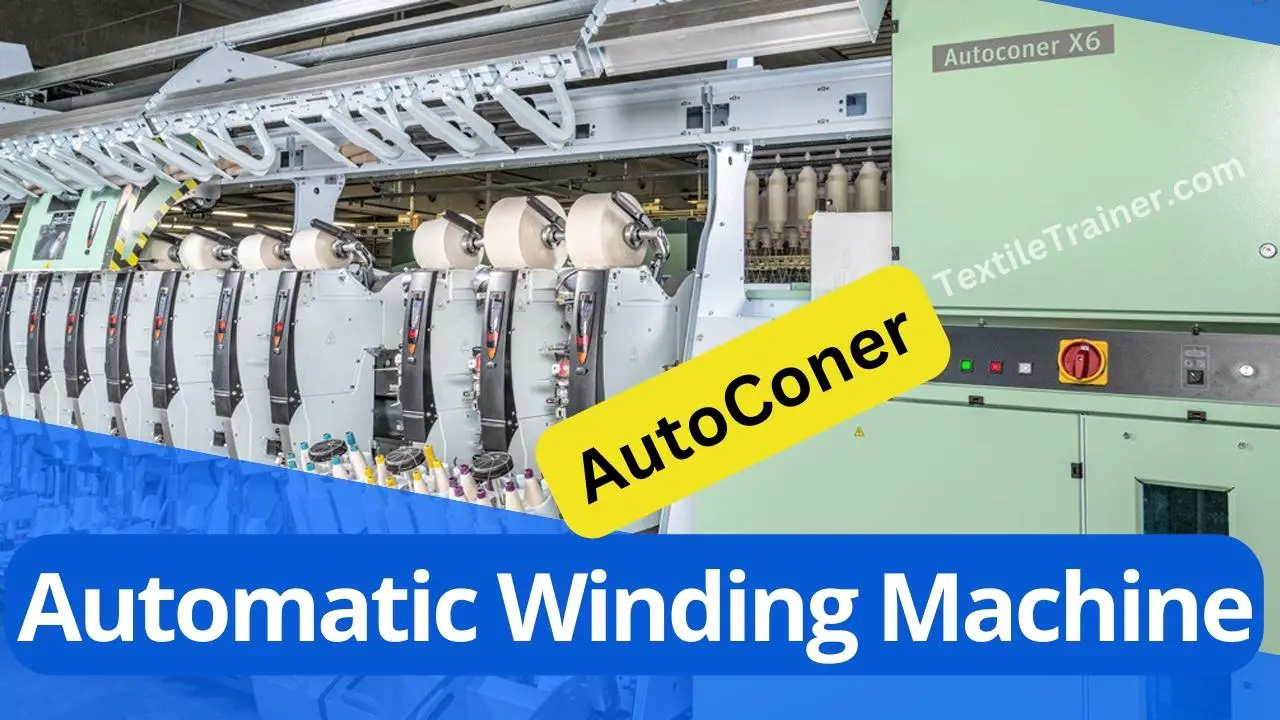

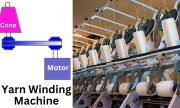
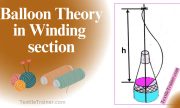
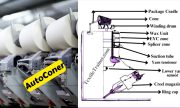
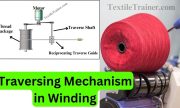
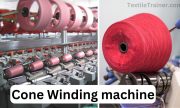
I really liked your blog.Really thank you! Great.